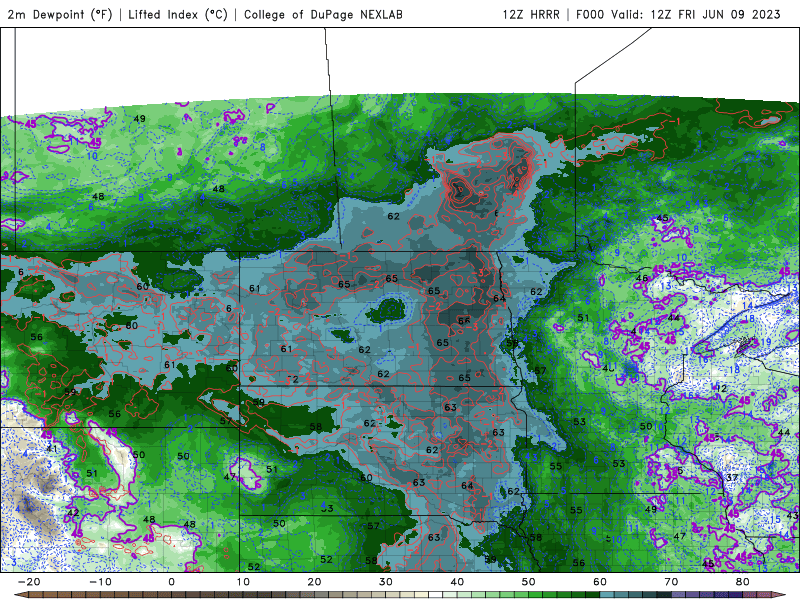Rain, thunder possible late Friday into Saturday; El Niño is here
Temps cool off Sunday before heating up next week

Go Deeper.
Create an account or log in to save stories.
Like this?
Thanks for liking this story! We have added it to a list of your favorite stories.
Our best chance of some rain arrives late Friday into Saturday before things cool off Sunday. El Niño has officially arrived after three consecutive years of La Niña conditions, what does that mean ?
Needed rain possible late Friday into Saturday
Unsettled weather returns to Minnesota Friday into Saturday as a cool front dives south out of Canada. The best chances of showers and thunder will be in the west and especially north late in the day Friday into Friday night.
That chance will then develop in central and southern Minnesota Saturday, especially in the afternoon and evening hours.

High temperatures Friday will be a bit warmer than the last couple days ahead of the front, mainly in the low to mid-80s.
Turn Up Your Support
MPR News helps you turn down the noise and build shared understanding. Turn up your support for this public resource and keep trusted journalism accessible to all.

It’ll also be temporarily a bit more muggy, providing the necessary moisture for possible thunder the next 36 hours.

Rainfall amounts will be difficult to predict as it will come from thunderstorms and be spotty in nature. There is sufficient moisture though that some downpours could easily produce more than 1 inch of rain.
Unfortunately for the drought, most of us will not see those downpours.
Here are four different computer model scenarios of total weekend rainfall. You can see generally southern and southwestern Minnesota have the best chances of significant precipitation.

The front will also likely push in some more smoke, at least aloft, from the Canadian wildfires into Saturday and Saturday night.

Behind the cool front, temps really take a dive to our coolest readings in a couple weeks with highs in just the low 70s nearly statewide Sunday with lots of sun.

Heat returns for next week with highs likely in the upper 80s at least across southern and western Minnesota by mid to late week but dew points look to remain fairly comfortable in the 50s.

El Niño has officially arrived
The National Oceanic and Atmospheric Administration announced Thursday that El Niño has officially arrived.
For El Niño to be officially declared, surface water temperatures in the central and eastern Pacific need to be at least one-half degree Celsius above normal for at least a month.

The El Niño pattern is expected to strengthen with the National Oceanic and Atmospheric Administration forecasting a likelihood of a strong El Niño by winter, which is defined as surface water temperature anomalies of 1.5 degrees or greater.
A “Super El Niño” is still possible as well, which is generally considered to be above 2 degrees.

This year the planet’s oceans reached record levels for temperature and heat, making it easier for these extreme El Niño scenarios to be achieved.
In Minnesota, El Niño patterns heavily favor milder winters with less snowfall. Globally, the last “Super El Niño” event in 2016 helped to create the hottest year on earth in modern records.



